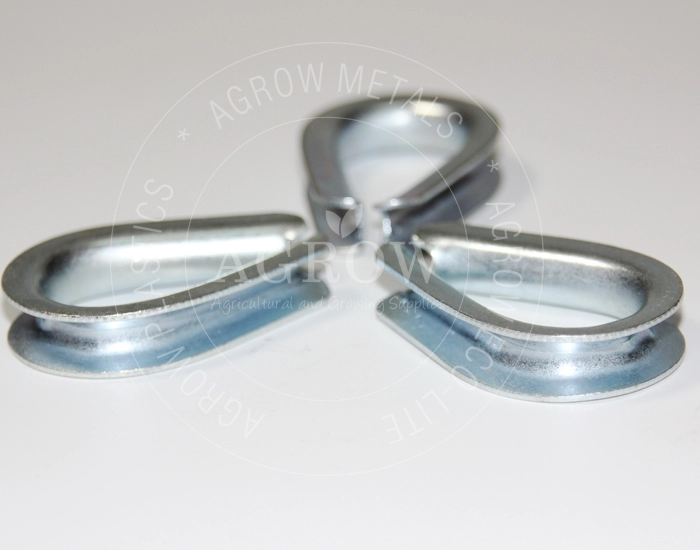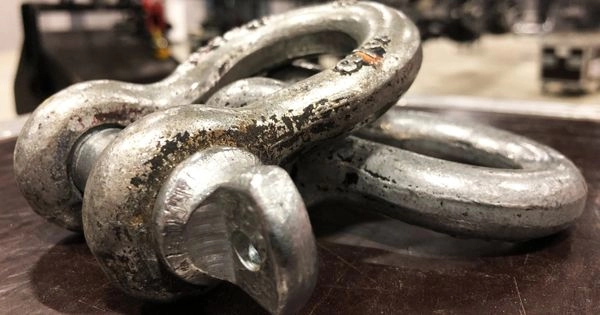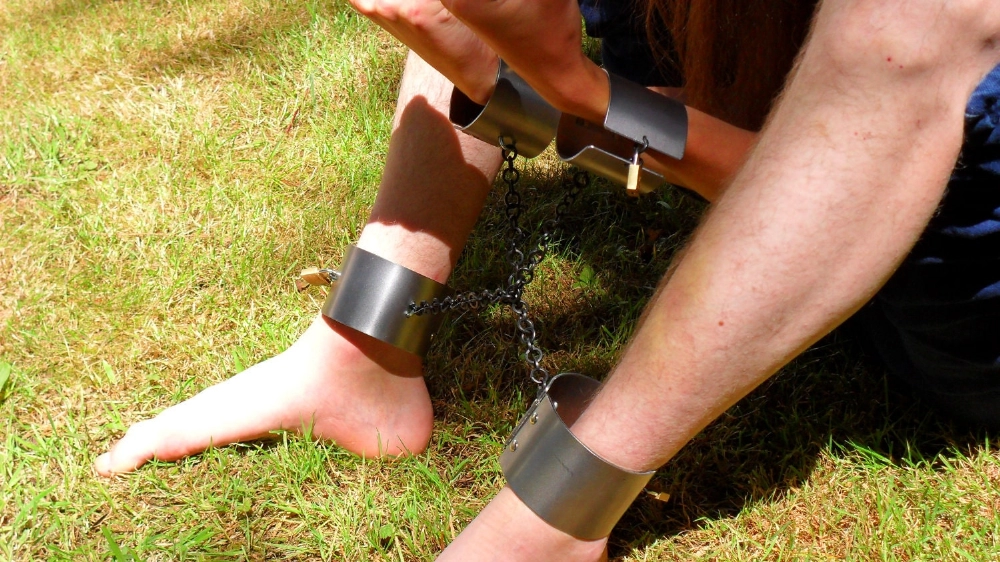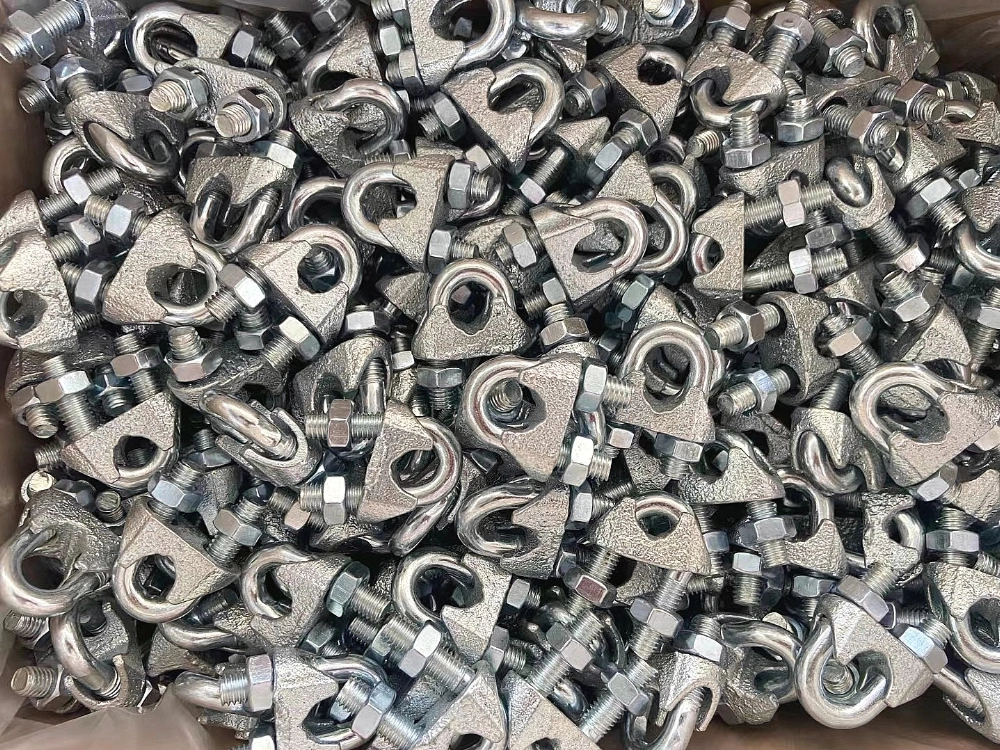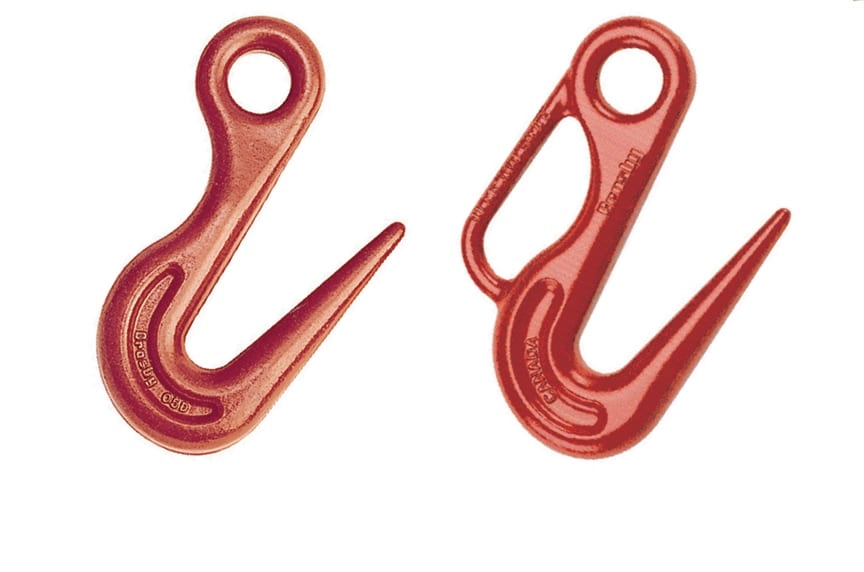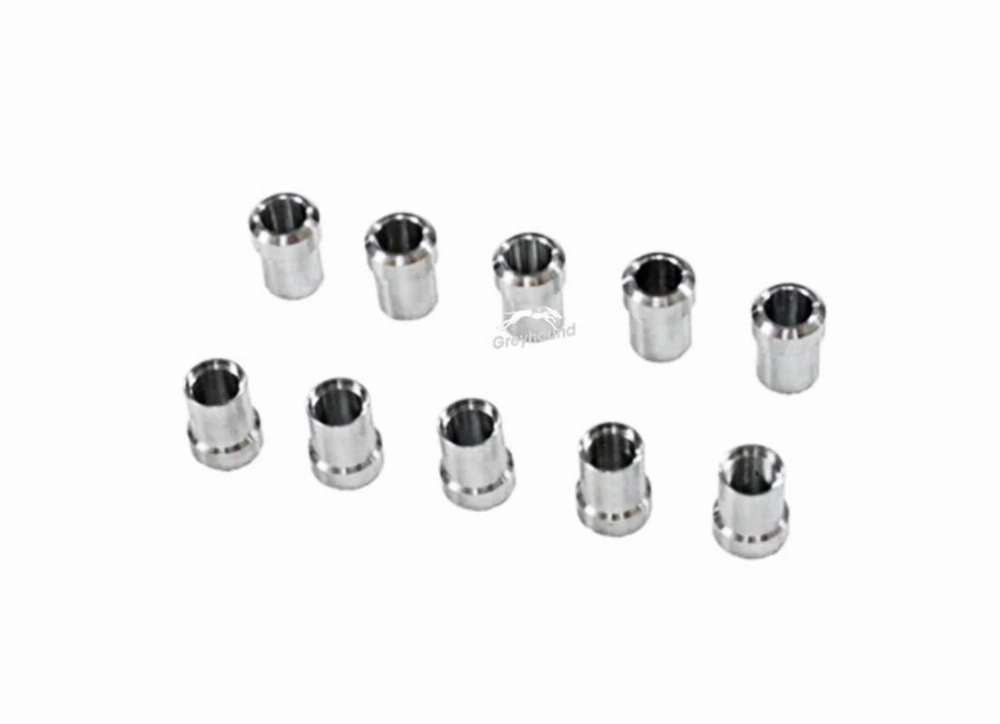Need help? Write to us info@hqlifting.com
- Charging Accessories
- Lifting accessories
- Steel Cable
- Beam cart
- Turnstile for load securing
- Load Ratchet Strap
- Lifting current
- Chain for Load Lifting
- Lifting equipment
- Slings
- Steel Cable Tensioner
- Polyester slingshot
- Load binders
- STEEL HOOK
- Steel Cable Clamp
- Electric winch
- Permanent magnets
- Steel Cable Clamp
- moitão
- Carabiners
- Screw With Eyelet
- Lifting Clamp
- Talha Manual
- Uncategorized
Call our consultants or chat online
+86 151 4514 5178
How to Calculate the Length of Rope for a Block and Tackle
Calculating the rope length for a pulley is crucial for safety and efficiency in lifting systems. Errors can cause serious failures, risking lives and equipment. This article teaches technicians how to make correct calculations, following standards such as NR-12 and NBR 14,850.
Discover the detailed guidelines. They include formulas, technical specifications, and safety recommendations. This way, you can size ropes accurately.
Pontos-chave
- ✅ Accurate calculations prevent failures in lifting systems.
- ✅ Brazilian technical standards are mandatory for legal compliance.
- ✅ The diameter of the sheave and the maximum load define the appropriate length.
- ✅ Numerical specifications ensure choices aligned with industrial safety.
- ✅ Complete guide for professionals seeking certified equipment and robust technical solutions.
Understanding What a Capstan Is and Its Applications
A winch is an essential piece of equipment for lifting loads. It helps distribute the weight and ensures safety in industrial locations. To use it correctly, it is important to know the load capacity and how to size it. This includes following technical standards.
Common types of winches used in the United States
✅ Manual knobs: They are perfect for light loads and require fine adjustments. They are common in workshops and medium-sized industries.
✅ Hydraulic handwheels: They are strong for lifting heavy loads. They are used in civil and steel constructions.
✅ Pneumatic knobs: They are ideal for locations with explosion risk. They have ISO 9001 certification.
Basic components of a winch system
The winches have galvanized steel pulleys with a minimum diameter of 50mm. They also have ABNT NBR 16.209 certified hooks and fastening systems with trapezoidal threads. Each part is crucial to know how to size a winch drum no problem.
Differences between simple and compound winches
Handles simple have a central axis and a fixed mechanical advantage. They are good for lifting static loads. As for the compounds They have two axes and allow dynamic adjustments. They can increase the range by up to 30%. The choice between them affects the calculation of chords and the shape of how to size a winch drum.
The Importance of Correctly Calculating Rope Length
✅ Calculating the rope length for winches is essential. This ensures that everything complies with technical standards. Errors can cause overloads and damage to the components.
⚠️ Operational Risks: Calculation errors can cause serious problems. For example, the rope may break prematurely. This can lead to loss of stability and damage to shafts and slides.
| Parameter | Correct Sizing | Incorrect Sizing |
|---|---|---|
| Segurança | Compliance with NR-10 and ABNT NBR 16.206 | Risk of accidents with free-falling loads |
| Operational Cost | Reduction of 30% in string replacement costs | Early replacement of components every 6 months |
| Efficiency | Reduction of 15% in hoisting time | Production line congestion due to technical stops |
📝 ABNT NBR 16.206 establishes rules for calculating chord length. Using these rules avoids legal issues. This includes compliance with OSHA and NR-10 standards.
📌 To make a correct calculation, it is important to consider some factors. This includes the rope diameter, the maximum load, and the number of required turns.
- Nominal rope diameter (mm);
- Maximum operating load (kgf);
- Number of laps required for stability.
How to Calculate the Length of Rope for a Block and Tackle
To calculate the length of the rope, it is necessary to follow technical steps. The ABNT NBR 16.205 provides the guidelines for total accuracy. Here is how to do it correctly:
Basic formula for calculating footage
Use the formula L = (π × D × N) + Lreservation:
- π = 3.1416 (mathematical constant)
- D = diameter of the main pulley (in meters)
- N = total number of laps required
- Lreservation = 15% the most for safe maneuvers
✅ Example: 70mm (0.07m) coil with 5 turns: L = (3.14×0.07×5)+15% → 1.1m + 0.16m = 1.26m minimum.
Considering the diameter of the thimble in the measurement
For different diameters, use the correction table:
| Diameter (mm) | Correction factor |
|---|---|
| 50 | 1,05 |
| 70 | 1,12 |
| 100 | 1,20 |
Apply the factor to the base formula: L_total = L_calculada × factor.
Necessary adjustments for different settings
For composite systems:
- Calculate each pulley individually
- Sum all the partial measurements
- Add 20% extra for complex fittings
Double example: 2 sheaves of 70mm → (1.26m × 2) + (20% × 2.52m) = 3m total.
This methodology ensures safety in industrial operations. See our complete guide on the website.
Factors That Influence the Amount of Rope Needed
To ensure safety and efficiency in lifting systems, it is crucial to understand the influence of technical variables. Each mentioned factor helps calculate the correct footage. This ensures compliance with safety and performance standards.
Influence of the sheave diameter on the calculation
The diameter of the pulley defines the number of turns required. For example, 70mm sheaves need 3.2m of rope per meter of lift. See the table below for more information:
| Diameter (mm) | Additional footage per meter |
|---|---|
| 50 | 2.8m |
| 70 | 3.2m |
| 100 | 4.1m |
Distance between anchor points
For distances over 5 meters, it is necessary to adjust the calculation. Use the formula: Metro_total = D + (π × D_moitão × N). Remember that N It is the number of turns. For 10 meters, add 15% to the calculated footage.
- Distances
- Distances > 10m: include extra 20% for dynamic adjustments
Considerations about the type of load
Dynamic loads, such as moving equipment, may require up to 30% more rope. For loads with an offset center of gravity, follow these steps:
- Check the weight distribution
- Add 5% for every 10° of tilt
✅ Certifications like ISO 4309 are essential for the final sizing.
The Impact of the Sheave Diameter on Rope Sizing
The diameter of the sheave, which is 70mm, is very important in the choice of the rope. The relationship between the diameter of the sheave and the rope affects the tension and the required length. In industrial systems, each millimeter changes the contact area, impacting the lifespan and safety.
- ✅ Larger diameter reduces the curvature of the chord, requiring less stretching.
- ✅ The diameter of 70mm requires a correction factor of 15% for loads above 500kg.
- ✅ Ropes with a diameter smaller than 6mm require special adjustments on the 70mm blocks.
| Swivel Diameter (mm) | Correction Factor (%) | Recommended Application |
|---|---|---|
| 50 | 10 | Handling of light loads |
| 63 | 12 | Medium applications in industries |
| 70 | 15 | Heavy industrial applications |
| 80 | 18 | Critical lifting systems |
For the 70mm pulley block, a correction factor of 15% ensures the structural strength of the rope. ABNT NBR 16228 requires that the diameter of the pulley be at least 20 times larger than that of the rope. For example, 4mm ropes need pulley blocks of at least 80mm. But, in common cases, the 70mm works for loads up to 800kg with technical adjustments. Always check the manufacturer's specifications to avoid problems.
How to Properly Size a Block for Your Need
To ensure safety and efficiency in lifting systems, it is essential to properly size the pulley block. This involves making precise calculations and following standards such as NR-18 and ABNT NBR 16324. Following these steps prevents problems and ensures compliance with the law.

Relationship between load capacity and size of the pulley block
✅ The load capacity depends on the diameter of the sheave and the applied force. See the table below for a better understanding:
| Swivel Diameter (mm) | Maximum Load (kg) | Safety Factor |
|---|---|---|
| 50 | 500 | 2x |
| 70 | 1.200 | 2.5x |
| 100 | 2.500 | 3x |
For loads over 1,500 kg, sheaves with a diameter ≥ 100mm and ropes ≥ 12mm are required. The safety factor must be ≥ 2x the nominal load.
Calculating the mechanical advantage of a block and tackle system
Mechanical advantage (MA) decreases the force needed to lift loads. The formula is:
Vm = Number of pulleys + 1
Practical example:
- With 2 pulleys: Vm = 3 → force reduced by 3x.
- With 4 pulleys: Vm = 5 → required force decreases 5x.
✅ The calculation must take into account:
- Load weight (P)
- Pulley diameter (D)
- System arrangement (number of pulleys)
Industrial applications require technical validation by engineers and load auditing according to NBR standards.
Solutions for Winches with 70mm Diameter
The pulley with a 70mm diameter is widely used in industry. It requires precision and safety. To choose the right rope, follow the technical tips below:
Specific calculation for 70mm winches
✅ Use the formula: L = (D × N) + Lmargin
Where:
– D = diameter of the sheave (70mm)
– N = number of laps required
– Lmargin = 10% one more for safety
- Example: For 5 turns: L = (70mm × 5) + (70mm × 0.1) = 385mm + 7mm = 392mm
- Adjust according to maximum load (kg) and system type (simple or compound)
String recommendations for this diameter
The 70mm pulley needs strong ropes:
- Polyester ropes: Good for up to 500kg (ISO 2307)
- Galvanized wires: Best for places with corrosion (minimum diameter 8mm)
- Check the D/c ratio: The rope cannot be longer than 1/10 of the thimble (e.g.: rope ≤7mm)
See the ABNT NBR 16208 standards to choose well. And don't forget to check the rope certification (e.g., CE or ANSI/ASME certificate).
Measurement Conversion: From Weight in Grams to Kilograms
Converting grams to kilograms is crucial for technical calculations. To convert 220 grams to kilograms, divide by 1000. For example, 220 g = 0.22 kg.
This accuracy is essential to properly size ropes and lifting systems.
- Auxiliary half: 220 g = 0.22 kg
- Total load: add equipment weight + payload
- Validation of technical specifications according to ABNT standards
| Gramas | Kilograms |
|---|---|
| 220 | 0,22 |
| 500 | 0,5 |
| 1.000 | 1,0 |
| 2.500 | 2,5 |
Professionals should use this conversion to avoid overloads. The example of the auxiliary winch shows the importance of being precise. Check the ISO 9001 certifications to ensure compliance. Precision prevents serious problems in industrial applications.
What is the Ideal Type of Rope for a Winch
Choosing the right rope for the winch requires attention to strength, compatibility, and technical standards. Each material has its characteristics. These characteristics affect the safety and lifespan of the equipment. See the technical recommendations:
Comparison between materials: nylon, polyester, and polypropylene
| Material | Elastic Resistance | UV resistance | Technical Indications |
|---|---|---|---|
| Nylon (Polyamide) | ✅ High | Download | For heavy loads (≥5t) in indoor environments |
| Polyester | Average | ✅ Excellent | External applications with sun exposure |
| Polypropylene | Download | ✅ Resistant to chemical agents | Industrial uses in contact with solvents |
Relationship between rope diameter and block capacity
- Ropes with diameter ≥12mm: suitable for 5-10 ton winches
- Diameter 8-10mm: compatible with capacities between 2-5 tons
- Check ASTM A452 or EN 12195-1 certifications for compliance
Durability and maintenance of ropes for winches
To ensure safety:
- Perform weekly visual inspections (worn wires or nodules)
- Lubricate with specific oils every 500 hours of use
- Replace the rope immediately if there is a reduction >10% from the original diameter
✅ Choosing certified ropes proves resistance to tension and fatigue. Compatibility with the sheave diameter must follow the formula Drope ≤ 0.6*Dsheave to avoid structural damage.
Common Errors in Calculating Rope Length
To ensure safety and efficiency in systems with winches, it is essential to avoid common mistakes. The how to calculate the length of rope for a pulley block requires technical attention. See the main errors to avoid:
- Ignore the exact diameter of the bobbin: Variations of 1mm can change 5% in the final measurement.
- Underestimating the operating voltage: Dynamic loads require an additional safety margin.
- Disregard rope wear: Continuous use reduces lifespan by up to 30%.
| Error | Risk | Solução |
|---|---|---|
| Calculate without adjusting for angulation | Loss of 20% at nominal capacity | Apply correction factors for angles >15° |
| Use generic formulas | Errors of 15-25% in complex systems | Follow ABNT NBR 10.906 standards for each case |
| Do not update manufacturer data | Structural imbalance | Consult official catalogs from manufacturers such as Demag Cranes ou Konecranes |
✅ Technical tip: Always validate calculations with certified simulators. Errors in measurements can lead to critical failures in lifting operations.
Safety Aspects in the Use of Winches and Ropes
✅ Safety when using winches depends greatly on the rope chosen and maintained. When choosing the what is the ideal type of rope for a winch, follow standards such as ABNT NBR 16202 and ISO 10574-1. Performing regular inspections helps prevent serious problems during lifting.
Periodic inspection of ropes and sheaves
- Check broken wires with a magnifying glass (x10) every 30 days
- Evaluate rope elongation with tensiometer (variation greater than 5% indicates replacement
- Ensure pulley lubrication according to manufacturer specifications
Signs of wear and when to replace your rope
Attention to:
- Cross section: 3 or more wires cut in the same area require immediate replacement
- Superficial wear: loss of 15% of the cross section requires technical evaluation
- Overload: exceed 80% of the nominal capacity reducing lifespan by 40%
✅ For critical operations, always use ropes certified according to the what is the ideal type of rope for a winch equipment manual. Performing daily visual inspection and keeping records in a technical checklist is mandatory according to NR-12.
Conclusion
Calculating the rope length for block and tackle systems is crucial for safety and efficiency. The how to size a winch drum involves formulas and technical choices. It is important to correctly convert the weight of the auxiliary block, which is 220g, to kilograms.
✅ Use specific formulas for each diameter, such as in 70mm sheaves, following technical standards. ✅ Choose certified nylon or polyester ropes to withstand dynamic loads. ✅ Check for wear and replace damaged components.
The load capacity and mechanical advantage are essential for the success of the system. Errors in calculation can cause serious failures, such as rope breakage. It is crucial to convert grams to kilograms correctly.
Professionals must follow manufacturers' guidelines and ABNT standards to avoid risks. Details such as the rope diameter in relation to the pulley are important. Safety is essential in industrial operations.
Share:

June Han /founder and designer
The co-founder of Hqlifting, sales director, amateur writer about fitness business

